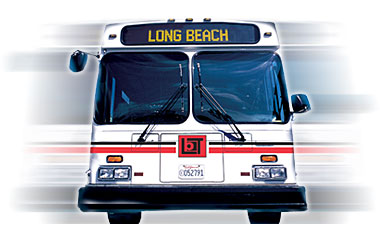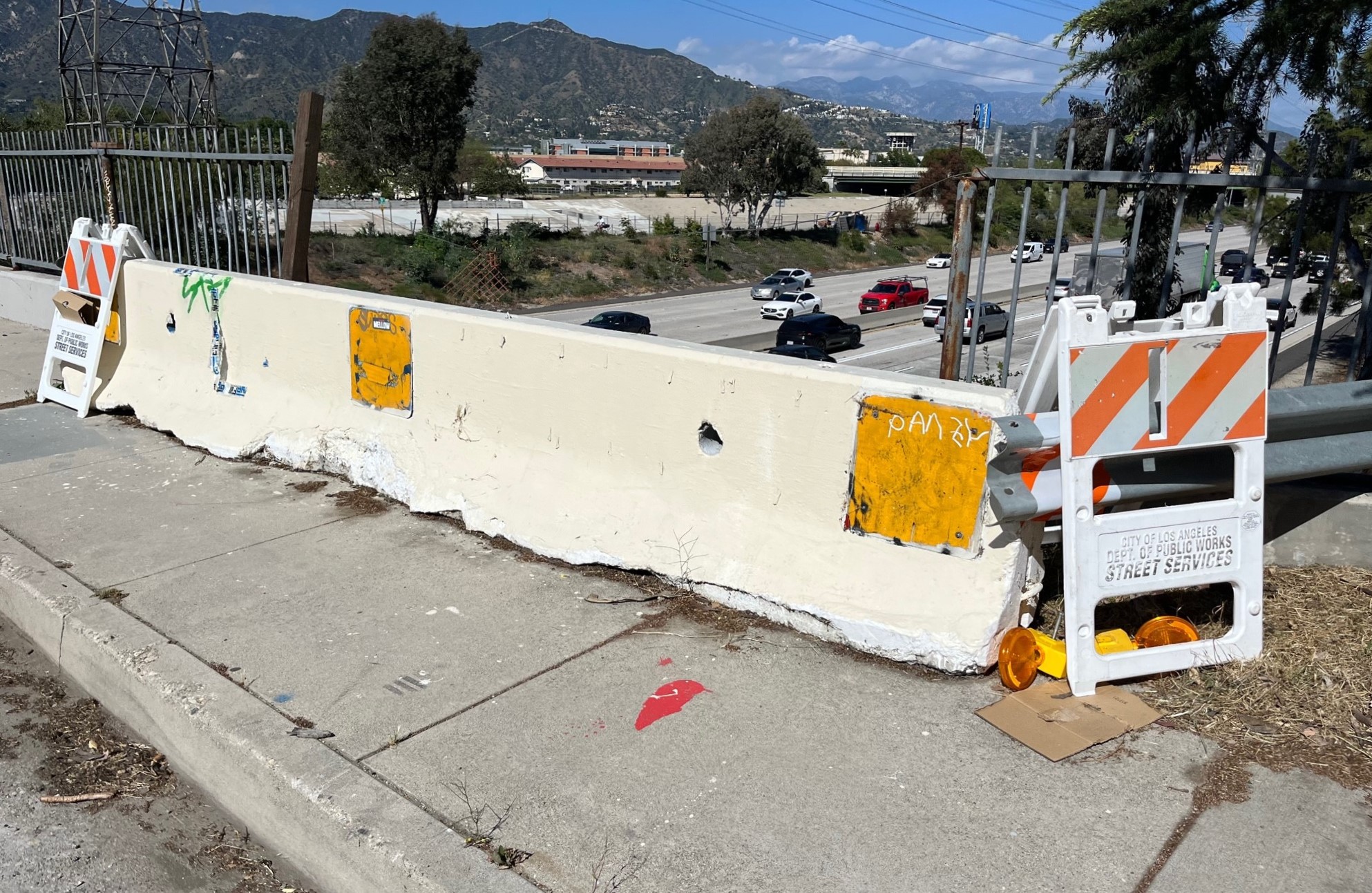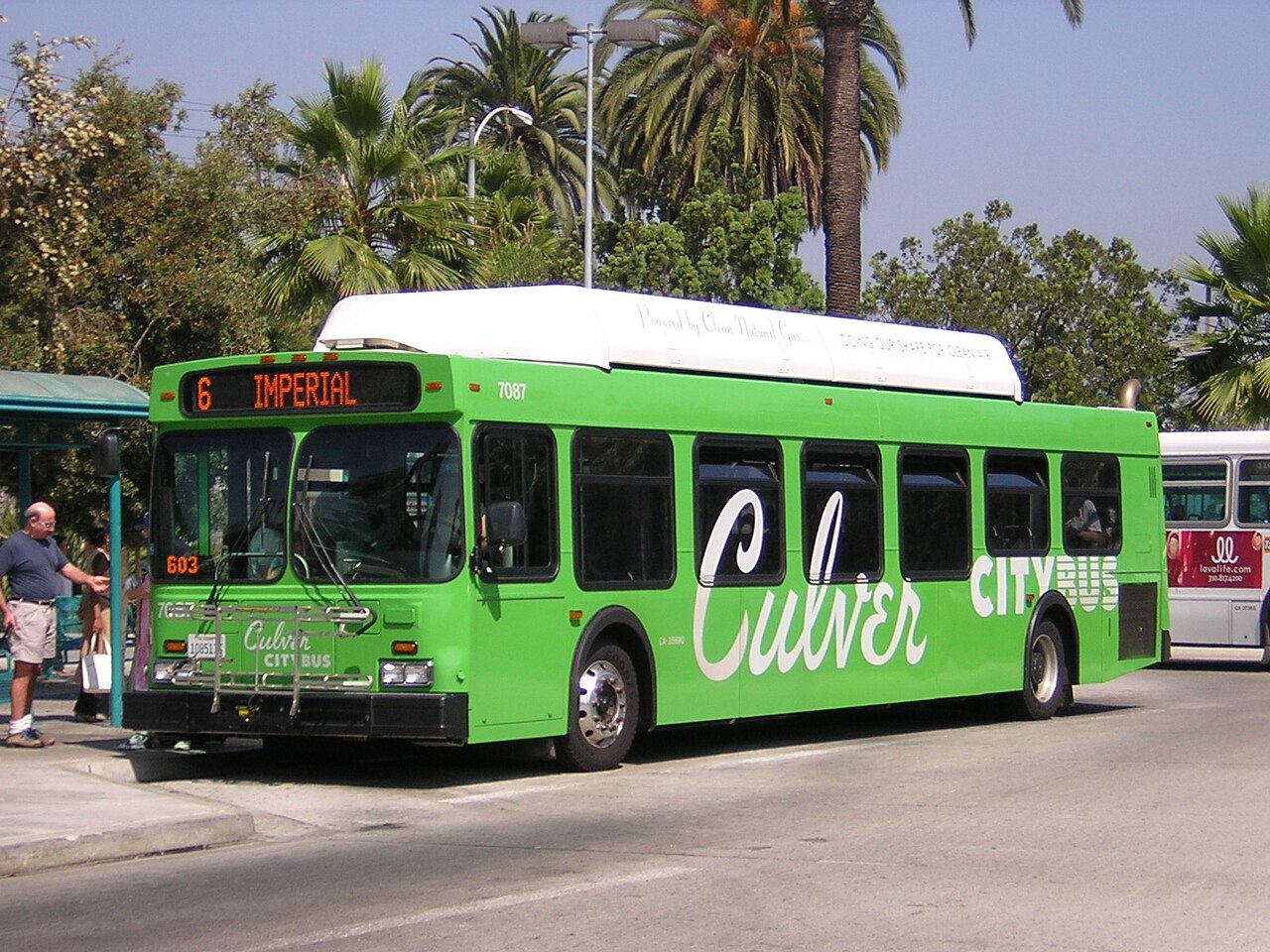Long Beach Transit, Please Go (More) Electric
9:41 AM PDT on March 22, 2013
Long Beach Transit (LBT) is considering two common, albeit game-changing RFPs (depending on their decisions): to purchase new buses that fit within the so-called alternative fuel sectors--that is, hybrid, CNG, or electric.
Before I even make another statement, there are two that shouldn't even be on that list--and it isn't electric.
As dollar signs float through the various minds of various transit board members across the globe, let's first break down LBT's two current RFPs.
The first one was issued last October following the receiving of the Department of Transportation's Transit Investments for Greenhouse Gas and Energy Reduction (TIGGER) grant. It also acted as one of LBT's most progressive: instead of simply following the grant's requirement of reducing GHG emissions and energy costs, which means any alternative fuel buses could be purchased with the grant monies, LBT decided to offer an addition of Prop Bond 1B funds to obtain a 10 bus fleet of zero emission electric buses. If succeeded and followed through, it would be the largest electric bus fleet in the nation.
This RFP, whose applicants were narrowed down this past February, has been slightly delayed following LBT staff's recommendation of one company over another and has prompted the Board to reevaluate their recommendation process. Deferring their vote and holding study sessions, the LBT Board was presented with a breakdown of how the staff went about not just the RFP, but their decision.
In an interesting contradiction to bringing in electric buses, Board Member Lori Ann Farrell asked if LBT was required to spend the grant on electric buses--to which LBT Maintenance and Facilities Executive Director Rolando Cruz explained that, while not required, the 1B funds LBT would put up themselves allow them to purchase ten of the more expensive, zero-emission electric buses that the grant alone would not permit them to do.
Farrell's mind was thinking finances (she is the treasurer of the board after all): so LBT could purchase 10 CNG vehicles with just the grant alone--thereby saving the transit company some $3.8 million in 1B funds--or they could get 10 electric buses and lose said funds.
Devil's advocate. And not in a good way.
The second RFP, whose submissions were due earlier this week after being issued back in December of 2012, is a five-year procurement of some 118 transit buses. Though not specified in the RFP, electric bus makers can apply--and one can only hope they do. If they go electric, it will become the world's largest electric transit fleet.
So I ask LBT one thing: please go electric.
CNG is, for the most part, just slightly cleaner than the next worst thing--even though it wows municipalities with its lower price of fuel. As one study explicitly states in its conclusion, "the use of natural gas is not a guarantee that emissions will actually drop."
Even further, we have a tendency to immediately feel positive about things that we call "green"--a point made in a New York Times article by University of Manchester Professor Kevin Anderson, who flat-out called natural gas a "very bad fuel" with "very high emissions indeed." And this stirs fears that we end up, like diesel, dependent upon natural gas rather than actually substituting it.
Studies have concluded that, while CNG buses are more advantageous regarding emissions of particle mass compared to diesel buses, they actually emit more CO particles1,2,3--particularly when they are lean burn fuel controlled (which had significantly higher NOx and THC emission rates than diesel as well) rather than stoichiometric fuel controlled (which has relatively lower CO2 and THC emission rates but significantly lower CO and NOx rates).
CNG also has a higher fuel consumption rate than diesel, an inept fuel performance rate, and a cost that doesn't seem to outweigh the benefit.
With electric buses, you have zero emissions--and true zero emissions. Given that electricity rates are increasing at some 2% per year versus crude oil increasing at 8%, you save a good chunk of change, while simultaneously keeping the money in-state rather than abroad since electricity money is generated typically in-state. This isn't mentioning other maintenance costs: an electric bus's centered maintenance point is replacing a battery--not an engine, alternator, tranny...), noise pollution decreases, a smoother ride...
And the future. To use an all-too-common phrase used today, we want history on our side--and that, at least to lil' ol' me, most certainly includes the planet, probably the most important of all.
As LBT, in a show of progressiveness that I am deeply proud of, moves forward with green technology, one can only hope they leap instead since they have the chance to.
Footnotes:
1. A. M. Hallquist, M. Jerksjo, H. Fallgren, J. Westerlund. and A. Sjodin (2012). Particle and gaseous emissions from individual diesel and CNG buses. Atmospheric Chemistry and Physics Discussion.
2. Comparison of Unregulated Emissions from CNG Buses With and Without After-Treatment Technologies, presented at the 22nd CRC Real World Emissions Workshop, 2012.
3. Proposed Exhaust Emission Rates for CNG Transit Buses in MOVES2013, presented by the EPA on September 25, 2012.
CORRECTION: This article originally stated that Board Member Lori Ann Farrell was Lori Ann Mitchell.
Stay in touch
Sign up for our free newsletter
More from Streetsblog Los Angeles
LAPD Was Crossing Against Red Light in Crash that Killed Pedestrian and Injured Six in Hollywood
The department says the officers had turned on their lights and sirens just before crossing, but won't say why they did so.
Freeway Drivers Keep Slamming into Bridge Railing in Griffith Park
Drivers keep smashing the Riverside Drive Bridge railing - plus a few other Griffith Park bike/walk updates






